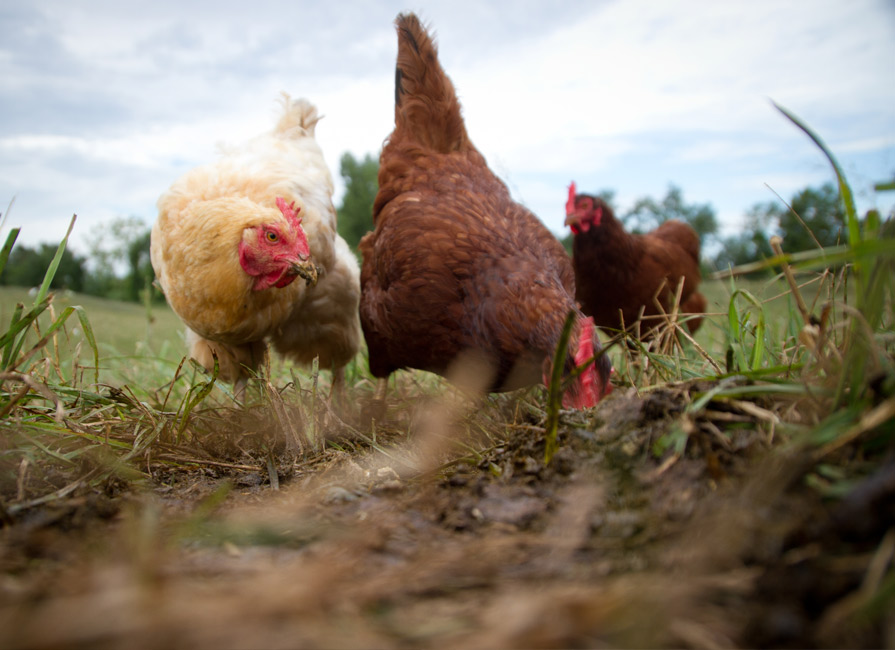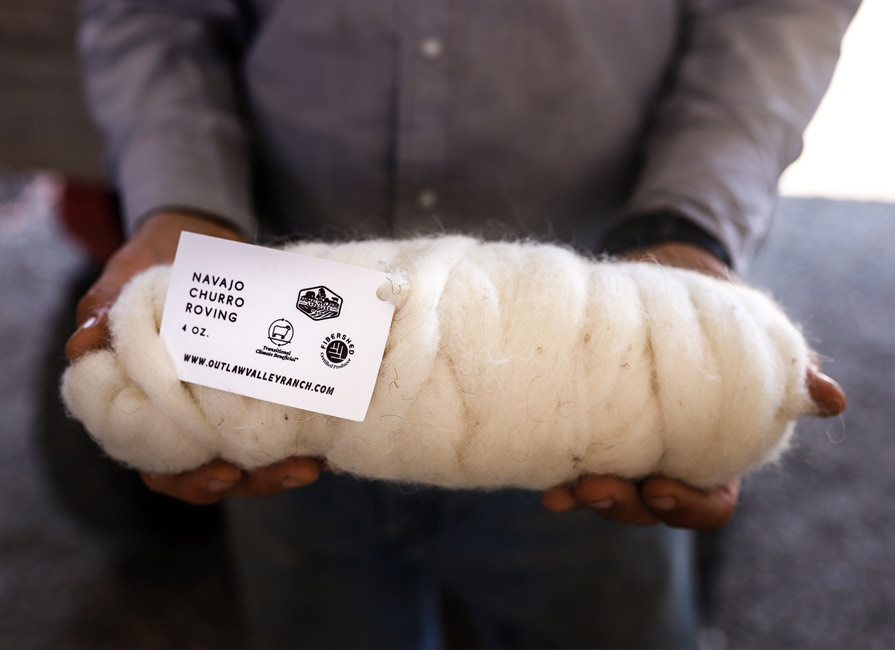Market research shows that today’s consumers are increasingly interested in knowing where their food comes…

Highly Pathogenic Avian Influenza – What you Need to Know as an AGW-certified Producer
AGW staff are continuing to monitor the Highly Pathogenic Avian Influenza (HPAI) and support AGW-certified producers in following biosecurity measures to ensure the safety of their flocks. If you are looking for guidance, please read on for what you need to know as an AGW-certified poultry producer and keep an eye out for an upcoming Technical Advice Fact Sheet from AGW’s technical team on the topic. Please don’t hesitate to be in touch with any questions that our technical team can help address.
How does an AI outbreak threat impact management of our flocks with regard to AGW standards?
A certified farm may follow the recommendation of local or governmental authorities and maintain their compliance with AGW’s standards, as we would consider it an acceptable reason to remove birds temporarily from pasture in case of an emergency. The farm would need to cover this in their Pasture Plan under the “Removal from Pasture” section if it exceeds the 28 days that is required for removal without a plan since in an emergency situation. The birds would be required to meet all Certified Animal Welfare Approved by AGW standards for birds housed off-pasture during this time specifically in regard to shelter and additional space requirements (See Certified Animal Welfare Approved by AGW standards Section 8.1) when housed.
This is an ongoing issue around the world and sometimes governments require that the birds must be housed inside or require the birds be kept in a closed environment where the use of tools like bird netting and other methods are allowed to keep birds on pasture. AGW would recommend that if removing birds from pasture and housing, the use of environmental enrichments should be considered, as abrupt housing of pasture birds can lead to behavior issues that impact welfare. FeatherWel: Working together to improve bird welfare is a good resource for helpful information on the use of enrichment.
During an AI outbreak threat, AGW recommends the following be implemented on your farm:
- Separate your flock from disease sources including ponds or wetlands with wildlife and wild birds.
- If you have waterfowl on the farm keep them separate from the chickens.
- Store and cover feed to keep wildlife out.
- Wear clean clothing and footwear when caring for your flock and disinfect boots/shoes prior to entering and leaving the poultry area.
- If you have different age birds, visit the youngest birds first, then disinfect, then visit older birds.
- Limit flock access to visitors.
- Do not borrow equipment from other farms.
- Disinfect vehicle tires when arriving back on farm.
- Keep abreast of the situation by monitoring the applicable federal website (see links below) ) and your state or provincial website for areas which have outbreaks. Usually, these outbreaks will last 3-4 weeks and then calm down with warmer weather.
Additional information for poultry producers in the United States can be found through a recent bulletin from Farmers.gov along with USDA’s Animal and Plant Health Inspection Service. Canadian producers can find information through the Government of Canada. AGW’s technical team is also here to assist with any questions that may arise during this time.



